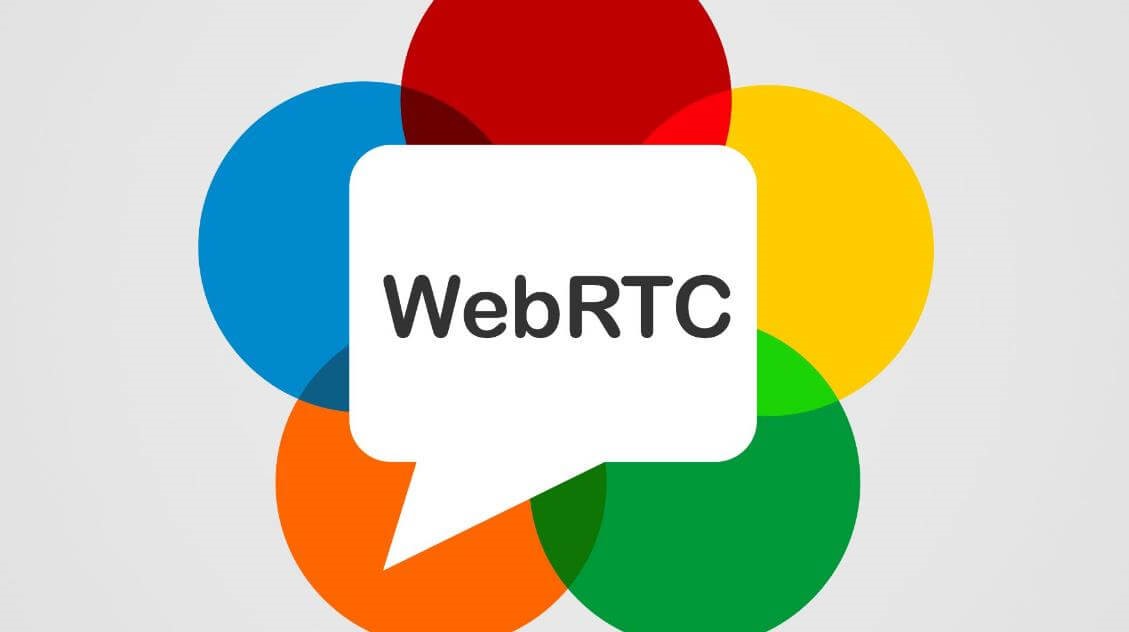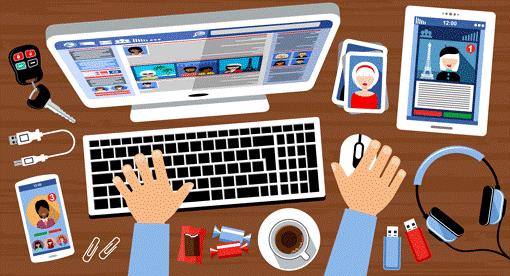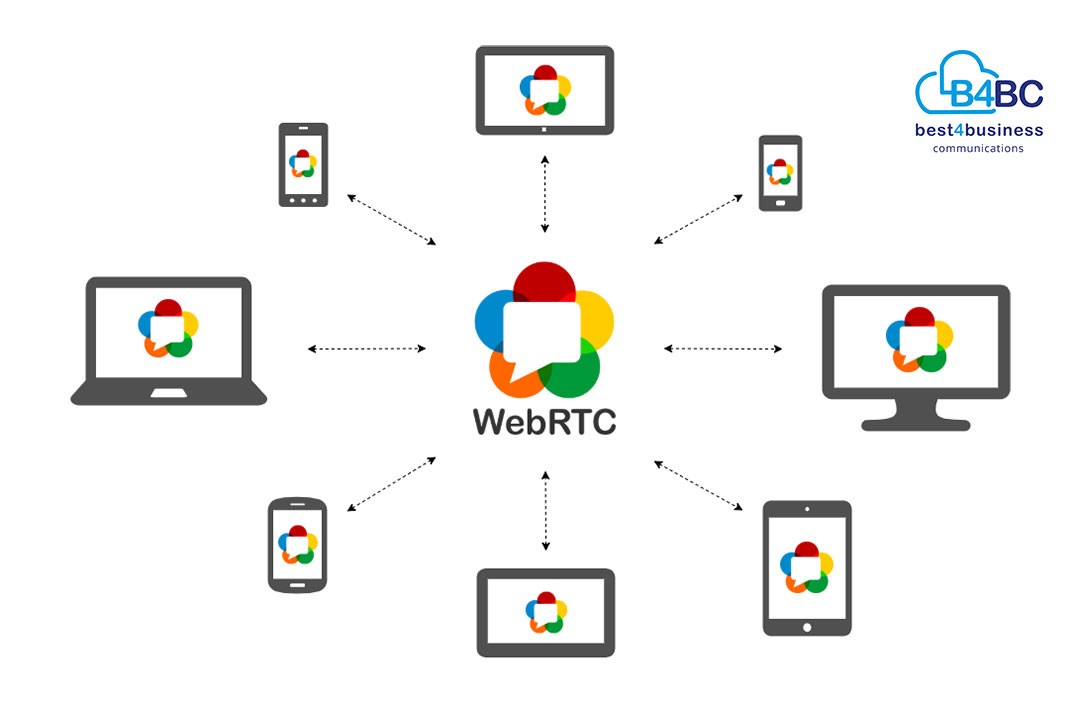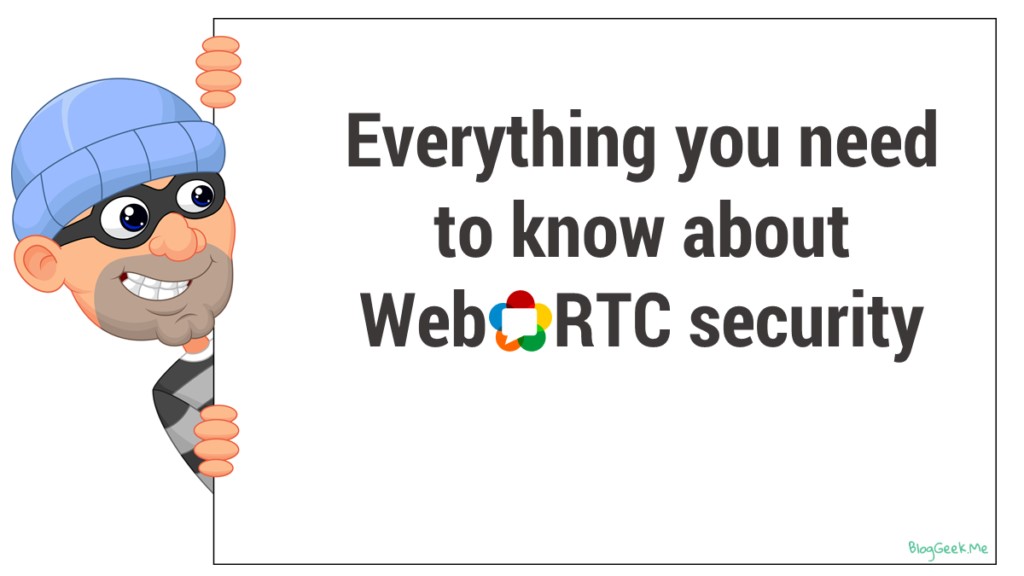Contents
About Web Real-Time Communications
Web Real-Time Communications allows businesses to give their open-standard application real-time communication capabilities. It enables the sending of voice, video, and generic data between peers, enabling developers to create robust video and voice communication systems. The technology works with native clients on all major platforms and with all current browsers.
The technologies underlying WebRTC are available as the usual JavaScript APIs in all the key browsers and are implemented as an open web standard. The same functionality is available as a library for native clients, such as applications for iOS and Android. Among others, Apple, Google, Microsoft, and Mozilla support the open-source WebRTC project. The Google Web Real-Time Communications team is responsible for maintaining this page. Get your business the best service from a WebRTC development company and witness the difference.
Working of WebRTC
The main goal of WebRTC is to enable real-time video and audio communication between participants, who use web browsers to communicate, get to know one another, and get around firewalls. HTML5 and JavaScript APIs are utilized by WebRTC, which is a browser-integrated technology.
Usually, WebRTC application features include the following:
- Share and receive video and audio in real-time.
- Share media data, including video codecs and image resolution.
- Acquire network configuration information that is needed to receive and send data to another client through the WebRTC API, such as IP addresses, application ports, firewalls, and network address translators (NATs).
Uses of Web Real-Time Communications
Enabling real-time P2P (peer-to-peer) communications through the internet is the aim of WebRTC. WebRTC has a number of use cases. Give your business the top-rated services from the browser extension development company and experience the following:
- Zoom, Microsoft Teams, Slack, Google Meet, and other video calling platforms use WebRTC for video calls and meetings.
- WebRTC is used by a number of industries, including the Internet of Things, monitoring and surveillance, and healthcare. For instance, the use of WebRTC in telehealth allows physicians to see patients virtually through a web browser.
- WebRTC serves as a bridge between browsers and security cameras in the domain of business and home security and surveillance.
- Real-time media heavily relies on WebRTC.
- The fundamental link for online learning between teachers and students is provided by WebRTC.
Pros of Web Real-Time Communications
Organizations face pros and cons, both from WebRTC, but let us focus on the pros.
Following are the benefits of WebRTC:
- Reduces the amount of manual integration work that IT must perform internally;
- Can modify traffic flow, bandwidth, and communication quality in response to changes in network conditions;
- Is compatible with the majority of popular web browsers, such as Safari, Mozilla Firefox for Android and desktop, and Google Chrome for desktop and Android;
- Is free as open-source software
- Is compatible with any operating system until the browser supports WebRTC, and
- Doesn’t require any additional plugins or third-party components.
Benefiting Businesses through Web Real-Time Communications
WebRTC is a feasible technology choice for businesses due to its advantages and special features, which include simple collaboration, secure multi-user video & voice calls, and low latency delivery:
- Integrating WebRTC into a company’s website is simple. After that is finished, customers can call the company directly with just a mouse click, whether they have a question about sales, support, or customer service. An organization’s customer service staff will be able to interact with more clients more quickly and resolve more issues as a result.
- WebRTC can be included in a business’s website, mobile applications, or online promotion banners that are posted as adverts. As a result, customers now have more ways to contact the business via phone.
- WebRTC makes it possible to share pertinent data—like customer-specific information—with the support staff of an organization while they are addressing a customer inquiry. Organizations can learn more about their clients thanks to WebRTC. The user’s browsing history and incoming calls can be shared with the agents when they are on a business website. As a result, gathering these details during the call takes less time.
- WebRTC facilitates easier collaboration. Staff members of a company can participate in important meetings online without any hindrances by using extra software. They are able to work more effectively due to this. Since the updated software is not needed, it also saves money.
- With or without identity authentication, WebRTC makes it possible to invite outside parties to web meetings via the Internet and does so without requiring the installation of any plugins or applications. This lessens opposition and increases the effectiveness of meetings.
- WebRTC is also used for data transfer due to its enhanced security.
Security of WebRTC
All WebRTC software components are encrypted, and all WebRTC APIs need secure origins, such as localhost or (HTTPS), elongated as Hypertext Transfer Protocol Secure. However, there are still unanswered security issues that WebRTC developers need to think about. WebRTC signaling does not specify signaling processing techniques, or how metadata is exchanged. As a result, developers need to choose which security rules to employ and make sure that WebRTC can support the protocols they choose.
The Bottom Line
The development of business-united communication is being propelled by WebRTC, an inventive and disruptive communication technology. It is not difficult to envision a time when Web Real-Time Communications enabled communication will dominate data transfers and voice and video calling as this excellent, free technology that smoothly permits P2P connections continues to develop.






